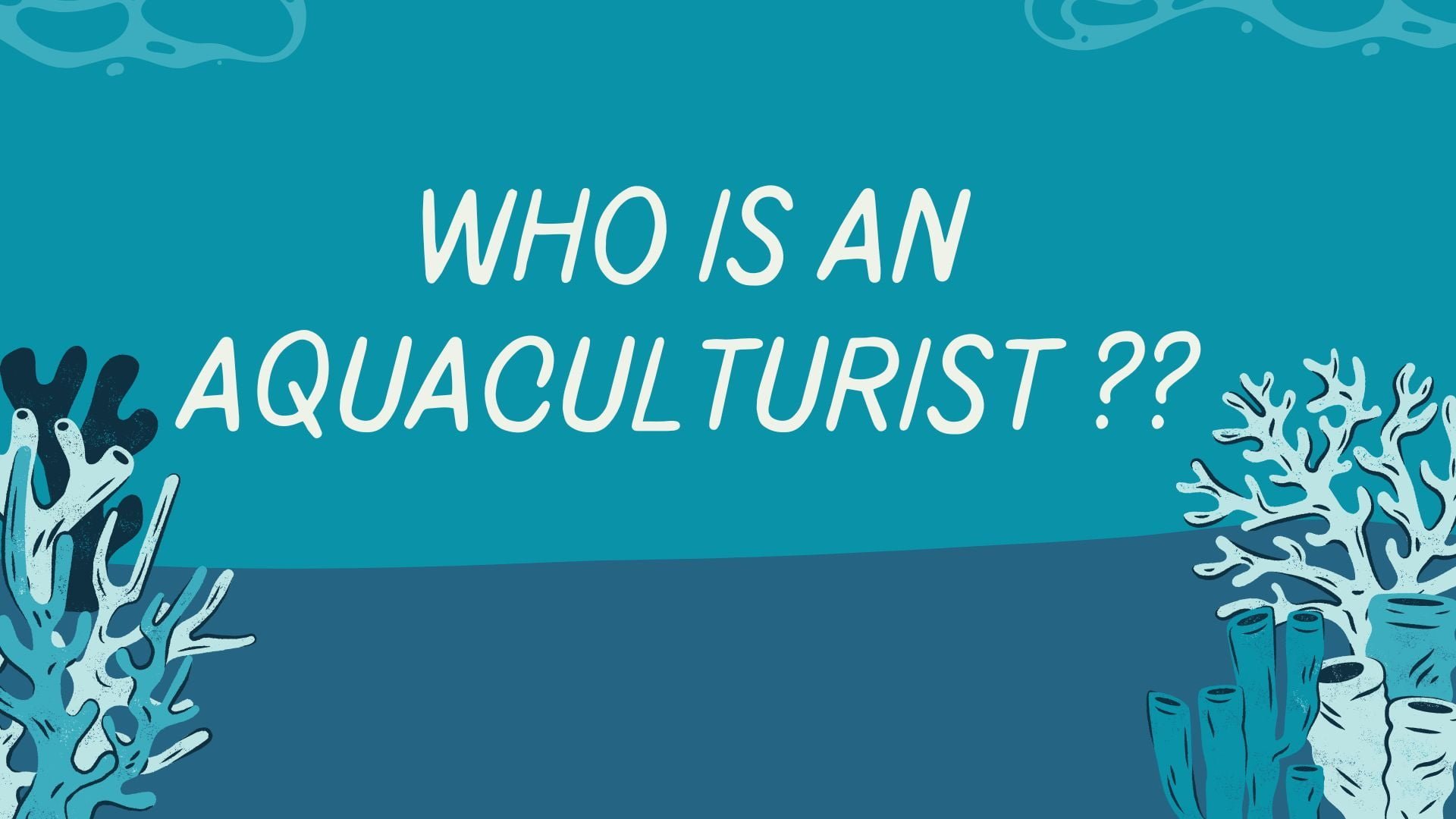Aquaculture, the controlled cultivation of aquatic organisms, has transformed from ancient practices to a modern industry with global significance. Central to this industry is the figure of the aquaculturist—a dedicated professional who combines scientific expertise, hands-on management skills, and a passion for sustainable development. This comprehensive exploration delves deeper into the multifaceted realm of the aquaculturist, examining the evolution, challenges, innovations, and prospects of aquaculture.
1. Evolution of Aquaculture
The roots of aquaculture can be traced back thousands of years, with early civilizations harnessing the natural resources of rivers, lakes, and coastal areas to cultivate fish, shellfish, and aquatic plants. Over time, as populations grew and wild fish stocks became depleted, the need for more systematic and sustainable aquaculture practices became evident.
The 20th century marked a turning point for aquaculture, with advancements in technology, research, and management paving the way for the development of modern aquaculture systems. The aquaculturist emerged as a key player, leveraging scientific knowledge and innovative practices to propel the industry forward.
2. Role and Responsibilities of the Aquaculturist
The aquaculturist’s role is multifaceted, encompassing a wide range of responsibilities that are crucial to the success and sustainability of aquaculture operations:
- Site Selection and Planning: Identifying suitable locations for aquaculture operations, considering factors such as water quality, environmental impact, accessibility, and market demand.
- Species Selection and Management: Selecting and managing aquatic species based on their compatibility with the environment, growth potential, market value, and disease resistance.
- System Design and Operation: Designing and implementing aquaculture systems, such as ponds, raceways, cages, or recirculating systems, and managing day-to-day operations to optimize production efficiency and animal welfare.
- Water Quality and Environmental Management: Monitoring and maintaining optimal water quality parameters, implementing sustainable water management practices, and minimizing environmental impact through responsible stewardship.
- Feeding and Nutrition: Developing and implementing feeding strategies that ensure the nutritional requirements of aquatic organisms are met efficiently while minimizing waste and environmental impact.
- Health Management and Disease Prevention: Implementing biosecurity measures, monitoring the health of aquatic stock, and developing strategies to prevent and control disease outbreaks.
- Harvesting, processing, and Marketing: Planning and executing harvest operations, ensuring the quality and safety of harvested products, and marketing aquaculture products to consumers, retailers, and distributors.
3. Sustainable Practices and Innovation
Sustainability is a core principle in modern aquaculture, and aquaculturists are at the forefront of implementing innovative practices and technologies to promote sustainability:
- Resource Efficiency: Utilizing resources such as water, feed, and energy efficiently, minimizing waste, and reducing the environmental footprint of aquaculture operations.
- Integrated Multi-Trophic Aquaculture (IMTA): IMTA systems utilize multiple species in a symbiotic relationship, where waste from one species serves as nutrients for another, enhancing resource utilization and reducing environmental impact.
- Recirculating Aquaculture Systems (RAS): RAS technology allows for the efficient recirculation and treatment of water, enabling intensive aquaculture production with reduced water usage and environmental impact.
- Alternative Feeds and Ingredients: Research and development efforts are focused on developing alternative feed ingredients and formulations that reduce reliance on wild-caught fishmeal and fish oil while maintaining the nutritional quality of aqua feeds.
4. Challenges and Opportunities in Aquaculture
Aquaculture is not without its challenges, and aquaculturists must navigate various obstacles to ensure the long-term viability and sustainability of the industry:
- Environmental Concerns: Aquaculture operations can have significant environmental impacts, including habitat degradation, pollution, and interactions with wild populations. Aquaculturists must implement robust management practices and regulatory oversight to minimize these impacts and protect aquatic ecosystems.
- Disease Management and Biosecurity: Disease outbreaks can have devastating consequences for aquaculture operations, leading to significant economic losses and environmental degradation. Aquaculturists must prioritize disease prevention and control measures, including biosecurity protocols, vaccination programs, and genetic selection for disease resistance.
- Market Dynamics and Consumer Preferences: Aquaculturists must stay attuned to evolving market dynamics, consumer preferences, and regulatory requirements to ensure the competitiveness and profitability of their operations. This includes adapting to changes in demand, addressing consumer concerns about sustainability and product quality, and navigating trade barriers and market access issues.
Despite these challenges, aquaculture presents significant opportunities for innovation, economic development, and sustainable food production. Aquaculturists are continuously exploring new technologies, practices, and market opportunities to drive growth and enhance the resilience of the industry.
5. The Future of Aquaculture and the Role of the Aquaculturist
As the global population continues to grow, the demand for seafood is expected to increase, placing greater pressure on wild fish stocks and natural ecosystems. Aquaculture has the potential to play a pivotal role in meeting this demand sustainably, but achieving this requires collaboration, innovation, and a commitment to responsible practices.
The future of aquaculture will be shaped by technological advancements, regulatory frameworks, market dynamics, and consumer preferences. Aquaculturists will play a central role in navigating these complexities, driving innovation, and leading the industry towards a more sustainable and prosperous future.
Conclusion
The aquaculturist is a central figure in the dynamic and evolving world of aquaculture, playing a pivotal role in advancing the industry, promoting sustainability, and meeting the growing global demand for seafood. With a blend of scientific expertise, practical skills, and a passion for sustainable development, aquaculturists are shaping the future of aquaculture and contributing to food security, economic growth, and environmental conservation on a global scale.
Top of Form
